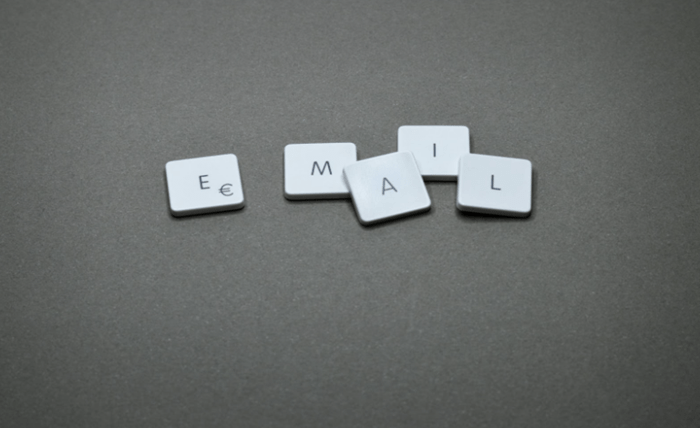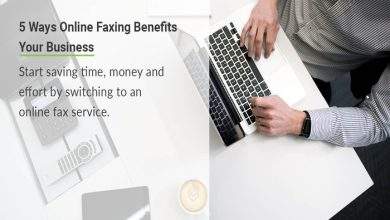
A powerful tool for nurturing leads, building relationships, and driving conversions is an email marketing funnel. Small business owners, marketers, and entrepreneurs can use well-structured sales funnel emails for turning prospects into lifelong customers. In this guide, we walk through the steps of creating from scratch an effective email marketing funnel, one that has actionable tips and strategies for ensuring that leads make the journey from the top to the bottom of the funnel.
What is an Email Marketing Funnel?
These emails steer subscribers through the customer journey – from first hearing about you to considering you and eventually making a purchase (and hopefully sticking around as a loyal customer). It sounds simple, and it is! Yet creating a marketing funnel with an email template that automates and converts takes some thought and more than a few words in your emails. Establishing trust with your audience is a direct result of steady, priceless communication. A series of automated emails make up an email marketing funnel.
Why You Need an Email Marketing Funnel
Nurturing leads and guiding them to make a purchase is what the funnel does. It is not exactly a dedicated sales tool, but along with the sales pipeline, it can be thought of as a two-part system for converting people into customers. To understand how the email sales funnel works, it is necessary to first understand the nature of a lead.
We handle everything from helping students with enrollment to troubleshooting issues across all types of devices. Your students and you can rely on us to take care of those inconvenient details, leaving you time to do what you do best.
Grasp the notion of your audience.
Develop buyer personas to clarify the problems, necessities, and likings of your perfect customer. Divide your audience into segments based on demographics, behavior, or purchase history.
For all these approaches, you can target based on data you’ve collected (1st party data) or data others have collected (3rd party data). Provide something useful (e.g., a free eBook, discount, or trial) to elicit email addresses from prospects. Make certain that your lead magnet is in accordance with the interests of your audience and with the goals of your business.
Establish an Automated Welcome Series
Compose 3-5 emails in order to introduce your brand and lead magnet and establish a comfortable relationship.
– Email 1: Brand introduction.
– Email 2: Delivery of lead magnet.
– Email 3: Establish rapport.
Deliver value in the form of educational content, advice, and materials that are useful. Tell stories to create an emotional link between your audience and yourself. Conversions drive revenue. Without them, we’re a mission-driven organization, not a profitable business
- Directly ask for the conversion
- Use social proof
- Use urgency and scarcity.
Send focused offers, discounts, or product suggestions. Encourage action by using urgency and scarcity. Some email funnel examples, make limited-time offers. Post-purchase, send follow-up messages that convey gratitude to customers and solicit their feedback. Provide unique deals and loyalty incentives to prompt customers to make repeat purchases.
5 Essential Emails for Your Funnel
You must know how to create an email funnel in order to channel your brand’s image and the message you wanna convey.
- Welcome Email
- Purpose: Introduce your brand and deliver the lead magnet.
- Educational Email
- Purpose: Provide value and build trust.
- Promotional Email
- Purpose: Drive conversions with a special offer.
- Abandoned Cart Email
- Purpose: Recover lost sales.
- Re-Engagement Email
- Purpose: Win back inactive subscribers.
Creating great email sales funnels is a game changer for any business. It’s the best way to reach your ideal customers and have a conversation with them that’s all about value.
Conclusion

In this post, we’ll dive deep into the makeup of an email marketing funnel and the basics of why and how to build one that works. When working with such a powerful medium, it’s crucial to first understand what makes your audience tick and then use that knowledge to build a robust foundation for your email series. From there, you can work your way up to automating the process and having your subscribers do a sort of ‘volunteer’ path of conversion.




